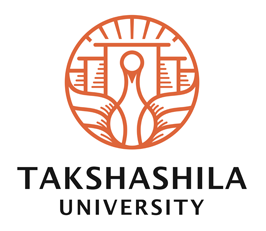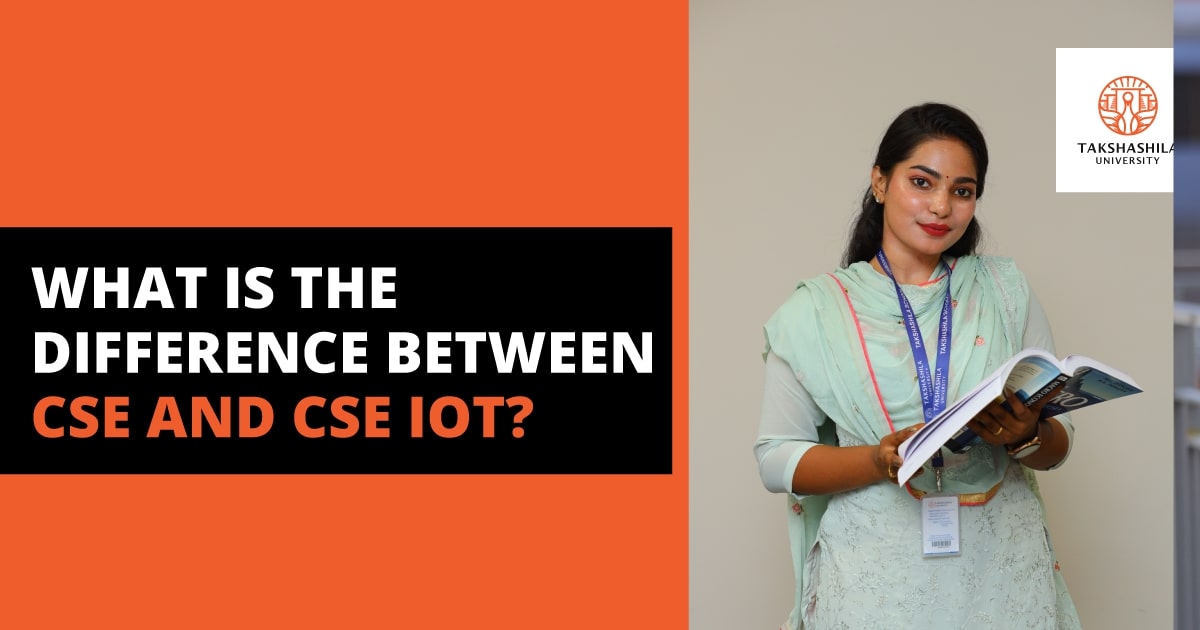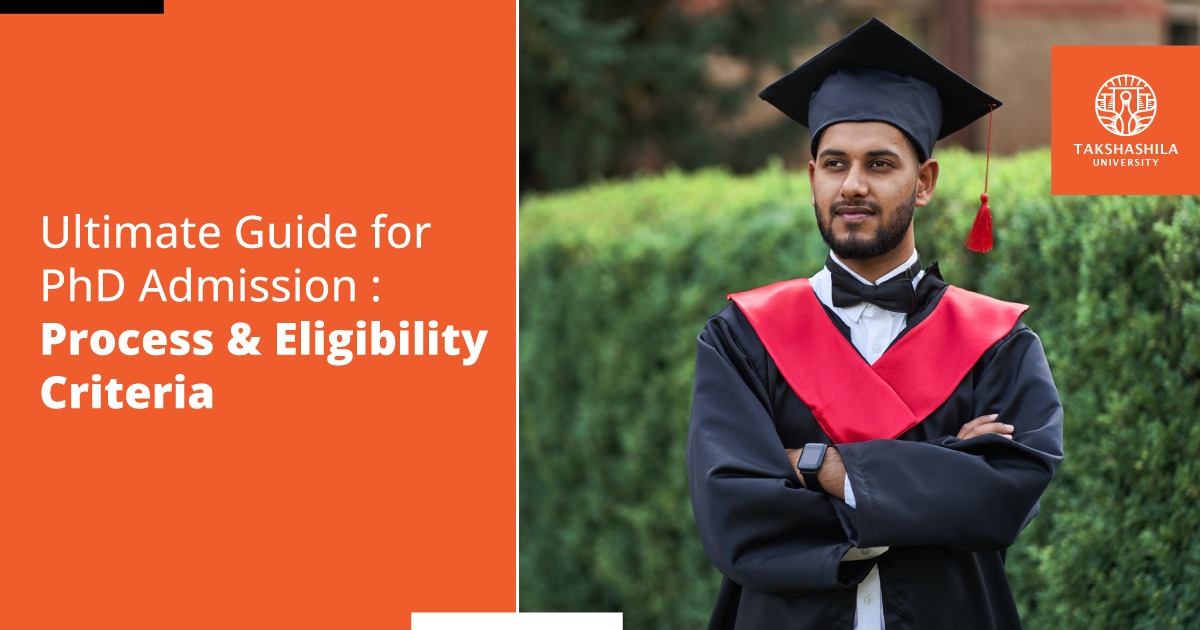Computer Science Engineering (CSE) and Computer Science and Engineering, specialising in the Internet of Things (CSE IoT), are two branches that drive technological advancements across industries. Are you wondering what are the distinctions between these two?
This blog highlights the difference between CSE and CSE IoT. Let’s explore their unique contributions to shaping our digital world.
Computer Science Engineering (CSE)
Computer Science Engineering (CSE) combines computer science, electrical engineering, and mathematics domains. It is a comprehensive study of computer systems, including software development, algorithm design, data structuring, and hardware systems.
CSE professionals utilise algorithms as powerful problem-solving tools, providing step-by-step instructions for efficient computation. Data structures, in turn, allow for organised storage and manipulation of information.
The wide-reaching applications of CSE extend across diverse sectors such as telecommunications, finance, healthcare, entertainment, and transportation. Its interdisciplinary nature fosters collaborations between experts from various domains, fueling innovation and progress.
Take your BTech CSE program at Takshahsila University and enhance your chances of success.
Overview of CSE IoT
Computer Science and Engineering with the Internet of Things (CSE IoT) combines traditional CSE principles with the Internet of Things (IoT) concept. IoT refers to interconnected devices embedded with sensors, software, and connectivity for data exchange.
CSE IoT extends the traditional framework by integrating smart devices, sensors, and connectivity. It enables real-time data collection, analysis, and automation. IoT integration enhances decision-making, improves efficiency, and fosters innovation.
By leveraging IoT, CSE IoT enables automation, data analysis, and informed decision-making. It finds applications in various sectors, enhancing smart cities, healthcare, and transportation industries.
In summary, CSE IoT merges CSE principles with IoT, allowing for smart devices, data analysis, and automation. Its impact spans industries, driving advancements and improved efficiency.
The Difference Between CSE And CSE IoT
CSE emphasises computer systems, algorithms, and hardware design. In contrast, CSE IoT focuses on these principles by integrating the Internet of Things concept.
Here’s the difference between CSE and CSE IoT for your better understanding!
| Features | CSE | CSE IoT |
|---|---|---|
| Focus | Focuses on computer systems, algorithms, software development, and hardware design. | Expands on CSE principles by integrating IoT concepts and technologies. |
| Primary Areas | Primarily deals with software development, data structures, algorithms, and computer architecture. | Incorporates smart devices, sensors, and connectivity into the traditional CSE framework. |
| Emphasis | Emphasises efficient software development, optimisation, and creating robust hardware systems. | Concentrates on real-time data collection, analysis, and interpretation through IoT devices. |
| Application scope | Primarily applies to various software-based solutions and computing systems. | Extends to IoT-enabled systems, allowing for intelligent communication and automation. |
| Problem-solving approach | Focuses on solving computational problems and designing reliable software applications. | Aims to leverage IoT technologies for automation, data-driven decision-making, and process optimisation. |
| Domains covered | Covers a wide range of domains, such as software engineering, algorithms, and computer networks. | Expands the scope to include IoT applications in areas like smart cities, healthcare monitoring, and industrial automation. |
| Collaboration possibilities | Collaboration with experts from different fields can enhance software development and system design. | Collaboration between CSE and IoT professionals is essential to create and integrate smart IoT systems. |
| Core areas of study | Core areas of study include programming languages, data structures, and computer networks. | Extends the core areas to encompass IoT protocols, sensor networks, and cloud computing. |
| Hardware Design Importance | Hardware design and computer architecture are important aspects of CSE. | Focuses on IoT device integration, wireless communication, and edge computing. |
| Key skills | Key skills involve programming, algorithm design, and software development. | Additional skills include IoT device integration, data analysis, and IoT security. |
| Applications | Applications range from software development, network administration to database management. | Applications involve IoT-driven solutions such as smart home automation, asset tracking, and environmental monitoring. |
| Professional Role | CSE professionals play a vital role in the IT industry, developing software and optimising computing systems. | CSE IoT professionals contribute to the growing IoT industry, creating intelligent systems and leveraging IoT data for insights. |
Core Components Of CSE
Computer Science and Engineering (CSE) comprises key components foundational to the field.
These include:
1. Programming Languages and Software Development: CSE uses programming languages like Java, Python, and C++ for software development. Proficiency in multiple languages is vital for CSE professionals.
2. Data Structures and Algorithms: Understanding data structures (like arrays, linked lists, and trees) and algorithms (step-by-step procedures) is crucial for solving computational problems efficiently.
3. Computer Architecture and Hardware Systems: CSE covers the design and organisation of computer systems, including processors, memory, and input/output devices.
4. Operating Systems and Network Protocols: Operating systems manage computer resources, while network protocols facilitate communication between devices over networks.
Efficient And Reliable Systems
CSE places importance on designing software and hardware systems that are efficient and reliable. It involves optimising algorithms, minimising resource usage, and ensuring consistent and accurate operation.
By mastering these core components, CSE professionals can create innovative solutions and meet the demands of the digital age.
Core Components Of CSE IoT:
CSE IoT sets itself apart from traditional CSE through distinct components that enable IoT integration. These elements create IoT-enabled systems with enhanced capabilities when combined with core CSE principles. Let’s explore the key components of CSE IoT as suggested by the faculties of Takshashila University.
1.Sensor networks and wireless communication: In CSE IoT, sensor networks collect data from the physical world. These interconnected sensors capture environmental parameters. Wireless communication, like Wi-Fi and Bluetooth, facilitates seamless data transmission between sensors and IoT devices.
2. Data collection, analysis, and interpretation: CSE IoT emphasises gathering, analysing, and interpreting vast amounts of IoT data. Techniques are developed to process sensor data, extract meaningful insights, and derive actionable information. Advanced algorithms and data analytics reveal patterns and correlations within the collected data.
3. Cloud computing and edge computing: CSE IoT relies on cloud computing and edge computing. Cloud computing enables storing, processing, and analysing IoT data in remote servers. Edge computing processes data locally, reducing latency for real-time decision-making.
4. Security and privacy considerations in IoT: Security and privacy are paramount in CSE IoT. Robust measures, including encryption and access controls, protect IoT systems from unauthorised access and data breaches.
Integration With CSE Principles
These components integrate with core CSE principles. Software development, algorithm optimisation, and hardware design from CSE contribute to building efficient and reliable IoT applications. Networking, performance, and scalability challenges are addressed with CSE expertise.
By combining CSE knowledge with the specific elements of CSE IoT, practitioners develop innovative solutions leveraging IoT’s power. This integration creates intelligent, interconnected systems, unlocking new possibilities across industries.
Career Opportunities and Future Trends:
Computer Science and Engineering (CSE) and Computer Science and Engineering with the Internet of Things (CSE IoT) offer promising career prospects in the ever-evolving technology industry. Let’s explore employment opportunities, skills in demand, and future trends in these fields.
1. Career Opportunities

In CSE, professionals can pursue roles such as software engineers, systems analysts, data scientists, network administrators, and cybersecurity specialists. CSE IoT opens up careers as IoT architects, data analysts, solution developers, and security specialists.
2. Skills in Demand

For CSE, proficiency in programming languages like Java, Python, and C++ and knowledge of software development methodologies, algorithms, and data structures are essential. In CSE IoT, expertise in IoT concepts, sensor networks, wireless communication, cloud computing, data analytics, machine learning, and cybersecurity specific to IoT systems is highly sought.
3. Future Trends

Advancements in artificial intelligence, edge computing, and 5G technology will shape the future of both CSE and CSE IoT. Integrating AI and machine learning with IoT systems will drive smart automation and decision-making. Expanding IoT into agriculture, energy management, and wearables presents exciting possibilities.
We hope you would have got an idea of what CSE and CSE IoT are and their demanding nature. Choosing between these two depends on an individual’s preferences and career goals.
Choose Takshashila University For A Successful Career!
Takshashila University is a well-known institution in Tamil Nadu that offers undergraduate, postgraduate, and doctoral studies. The departments include engineering, social sciences and humanities, agriculture, allied health disciplines, and hotel management.
It aims to cultivate change-makers and world leaders by providing students with the best resources and faculty to assist them in becoming future leaders. The institute covers 150 acres and offers over 60 courses.
The institution assists students in getting placed during their last year of college through campus recruitment, assuring 100% placement.
Conclusion
This blog has highlighted the difference between CSE and CSE IoT. While CSE focuses on computer systems and hardware design, CSE IoT expands on these foundations by incorporating IoT technologies.
Students must recognise the integration of IoT in CSE IoT, as it opens up new possibilities for innovation. We encourage further exploration of these fields, as they offer immense potential for personal and professional growth.
Frequently Asked Questions(FAQs)
1. Which is better, CSE or CSE IoT?
Choosing between CSE and CSE IoT depends on individual preferences and career goals. If you are interested in computer science concepts, software development, algorithms, data structures, etc., CSE is better. In contrast, if you are fascinated by the potential of IoT, you can opt for CSE IoT.
2. What is the salary of an IoT engineer?
The pay scale of an IoT engineer depends on location, specific industry, skills, experience, etc. An IoT engineer in India, on average, earns ranging from INR 6 lakhs to INR 20 lakhs per annum. IoT engineers with more years of experience will make more than INR 30 lakhs per annum for their senior-level positions.
3. Does IoT require coding?
Programming is necessary for CSE IoT since the developers use C, C++, Python, and JavaScript to write codes for the function and interaction of IoT devices. It is necessary for creating and managing IoT applications efficiently.
4. What is the future scope of CSE IoT?
The scope of IoT is evolving, rewarding and welcoming. IoT creates immense opportunities for working on innovative projects, developing smart devices and systems, and contributing to the advancement of connected technologies. It is a benefitting career path for CSE graduates.
5. What are the core subjects of CSE IoT?
The core subjects of CSE IoT include embedded systems, data communication and networking, cloud computing, machine learning and data analytics, etc.






